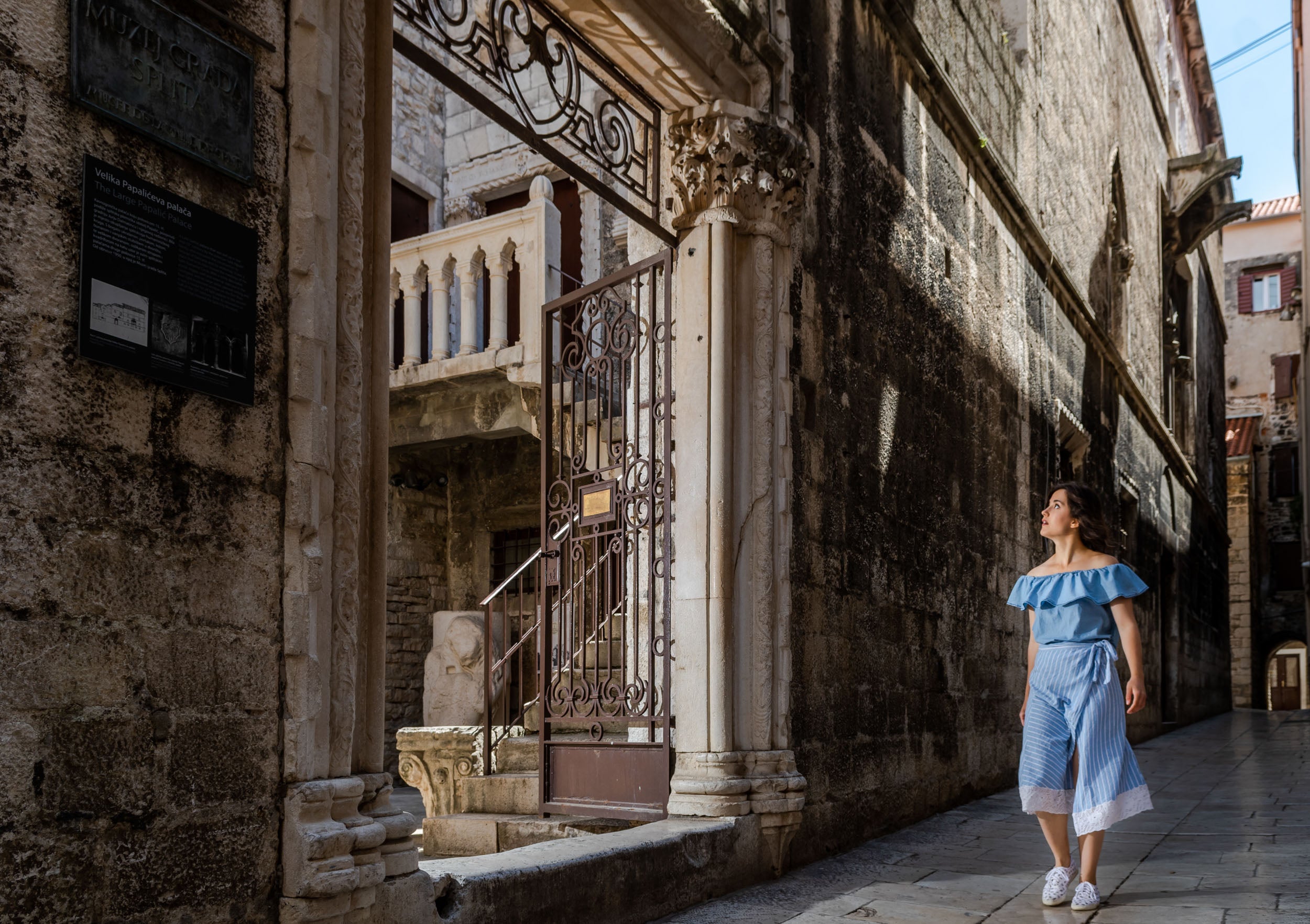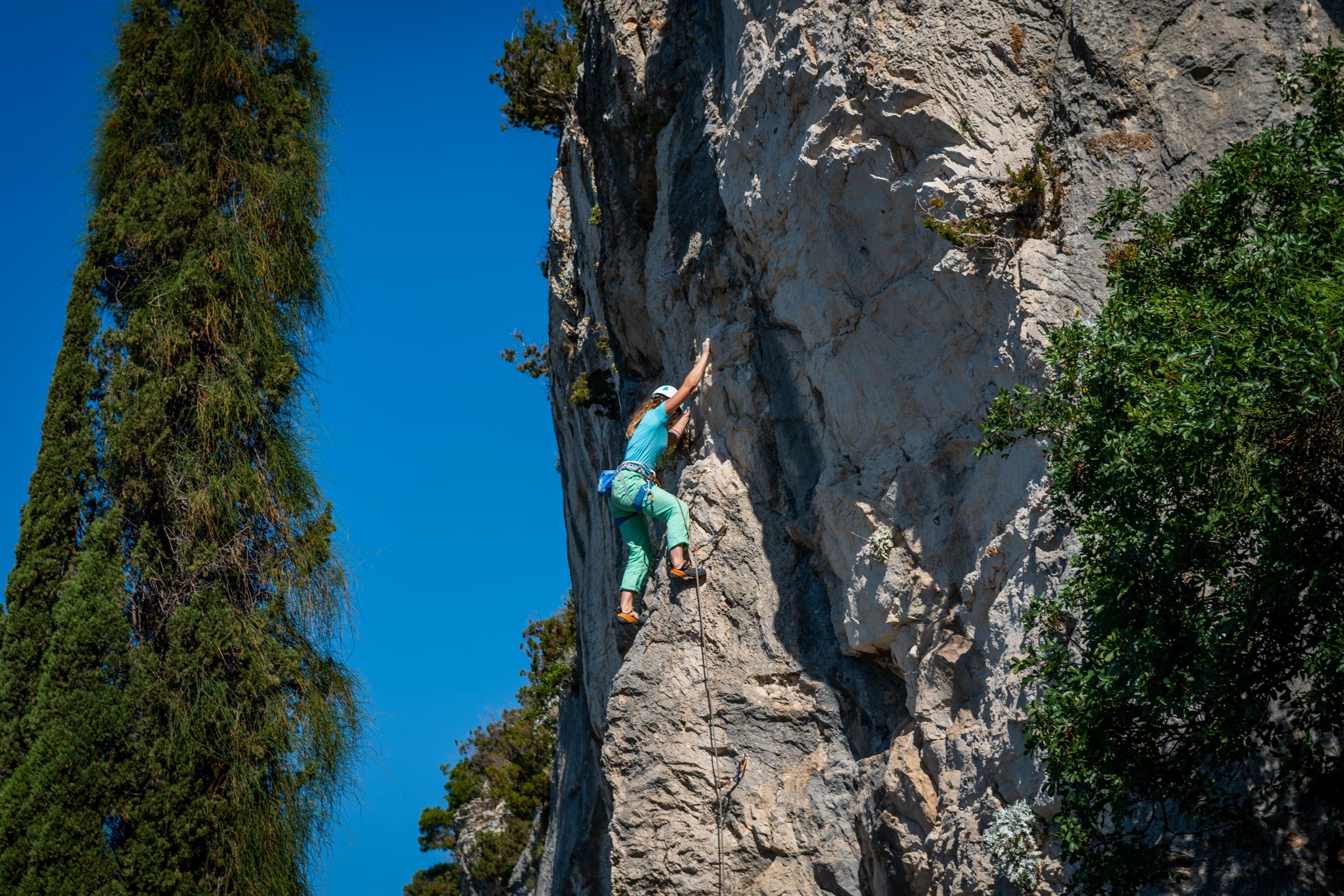From foodventures to fascinating history, enjoy an enriching trip in Split
Perched prettily on the shores of the Adriatic, Croatia’s second city is a compelling mixture of ancient architecture, contemporary cuisine, and sumptuous scenery. Get ready to find some ‘gušt’...
Of all the Croatian words you might hear on a visit to Split, keep an ear out for this one: ‘gušt’ (pronounced ‘goosht’). A watchword for a way of life, in the same way the Danes have their ‘hygge’, gušt translates to ‘pleasure and enjoyment’. And you’ll find plenty of both in this charming, historic city, which sits on the eastern shores of the Adriatic, and has undergone centuries of transformation, thanks to its succession of rulers. Under the Greeks, then the Romans, the Venetians, the Byzantines, the French, and the Austro-Hungarians, Split has soaked up dozens of different architectural styles and cultural influences. But it remains, today, a jewel of a place, where you can wander around edifices which are over 1,700 years old, learn more about its fascinating past – and present – in museums and galleries, get a taste of the delicious local gastronomy, and sunbathe on beautiful beaches.

Split’s showstopper is Diocletian’s Palace: an elaborate structure made from lustrous white stone which stretches along the waterfront, it was built for the former Roman emperor Diocletian in 4AD. Small wonder, then, that the people of Split see their hometown as the centre of the world; if someone as powerful as Diocletian, who ruled across the Roman empire, chose as the place to have his retirement ‘home’, then Split really must be special. Residents aren’t the only ones to think so – the well-preserved palace, from where this magnificent city evolved, and Split’s historic centre, were awarded UNESCO heritage status in 1979. Within the palace complex, as well as must-see sights such as the dazzling Treasury of the Cathedral of Saint Domnius, its medieval Bell Tower, and the ancient Temple of Jupiter, you’ll also find people going about their daily lives - here, old worlds and new exist side by side.

Join them, browsing the freshest produce at the open-air fruit and vegetable market, or get inspiration for lunch and dinner at the covered fish market – look out for local dishes such as octopus peka (slow-cooked over embers in a clay or iron pot), mussels alla buzzara (a stew with olive oil, garlic and white wine) or crni rižoto (black risotto, with squid or cuttlefish and its ink) on local restaurant menus. Split’s food scene is lively; take a seat at an outside table at a cafe or restaurant on the Riva, the promenade which passes along the harbourfront, and watch fishermen bringing in their boats, people gathering for an aperitif, and kids playing football.
If you’re keen to discover more about Split’s eclectic past, pop into one of its many museums. The Archaeological Museum is the city’s oldest, founded in 1820, and houses artefacts spanning the prehistoric era through Roman times to the early Middle Ages. At the City Museum, located in the former Papalić Palace, you’ll learn about the local cultural and artistic heritage, while the Croatian Maritime Museum pays tribute to the country’s seafaring history. Art-lovers will want to check out the Gallery of Fine Arts, which contains works from the 14th century to the present day, as well as representing the local art scene, and the Ivan Meštrović Gallery is dedicated to Croatia’s finest sculptor.

But while Split is rich in indoor attractions, it offers much to do outdoors, too. Despite its relatively small size, it’s home to several alluring beaches, largely clustered around Marjan, the hill which rises from the centre of the peninsula on which Split sits. Bačvice is perhaps the best-known, home to golden sand and crystal-clear water, but you can find more secluded coves, such as Trstenik or Kaštelet. You don’t have to come in high summer to enjoy the sun, either; the temperatures are balmy in spring and autumn, with April and May seeing an average 17-22°C, while September can still reach 25°C and October a pleasant 20°C.

If you’re feeling a little more active, there are pastimes such as rock-climbing, rafting, kayaking or canyoning within easy reach, or some simple but scenic hiking trails winding around Marjan. The city is also well-placed for access to some of Croatia’s most beautiful islands, too; take a day trip to yachties’ favourite Vis, head for the stunning Golden Horn beach on Brac. You’re also within reach of the vast national park, Krka, known for its spectacular waterfalls, and the beautiful Plitvice lakes. Intrigued by all that’s on offer? We predict if you visit Split, you’ll soon be starting to feel the gušt yourself...
To find out more about must-see sites, experiences, accommodation advice and trip-perfect itineraries, head to Visit Split, or visit Facebook and Instagram for more information
